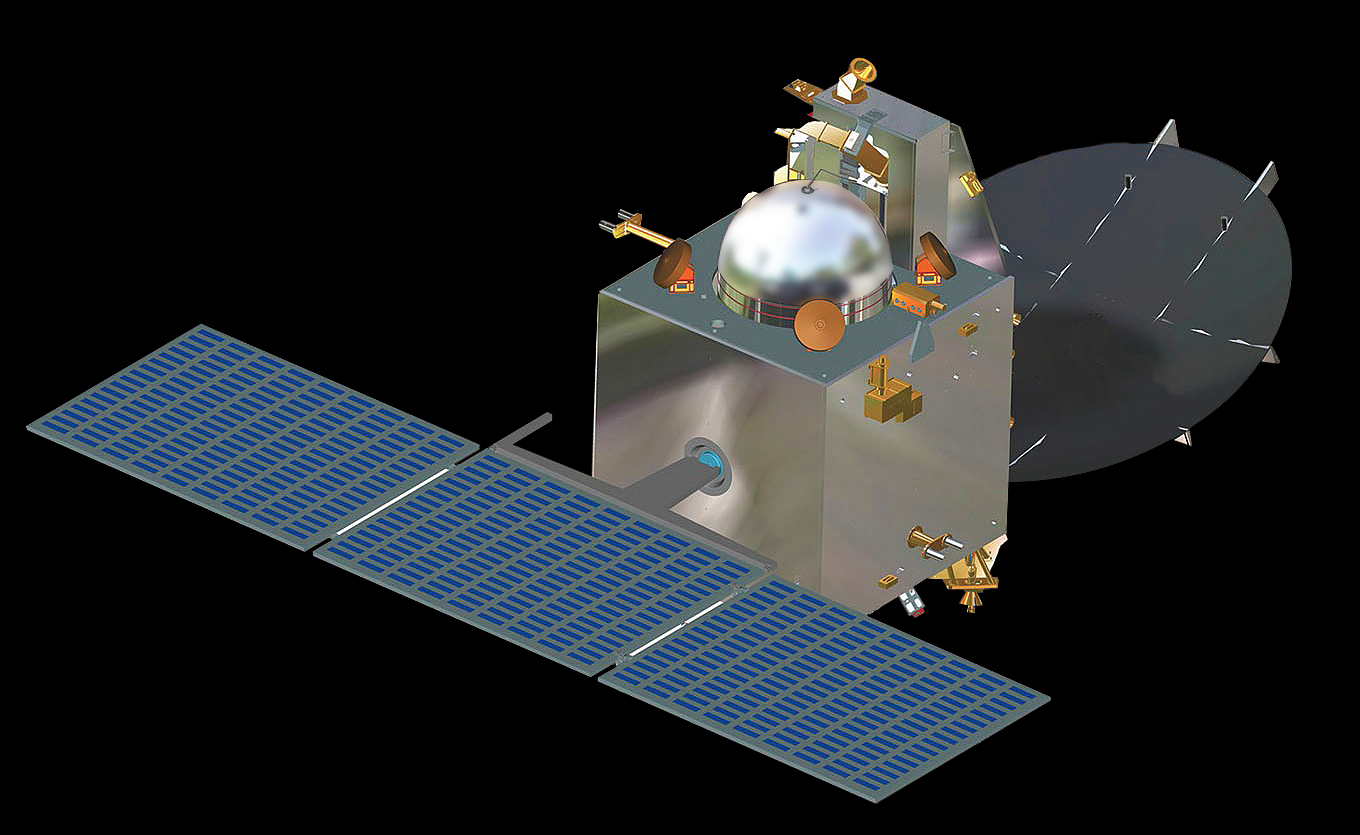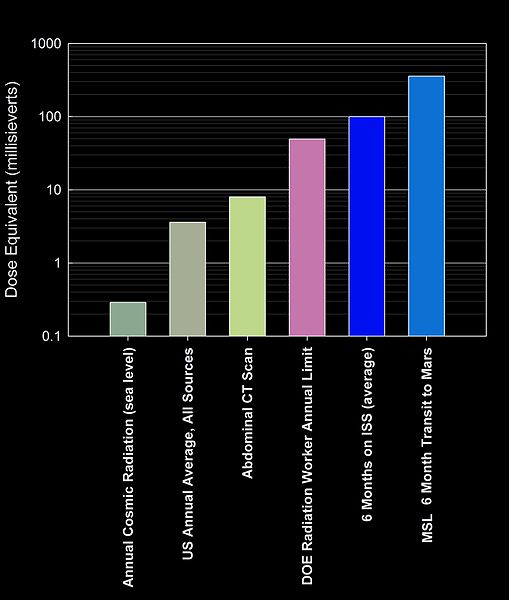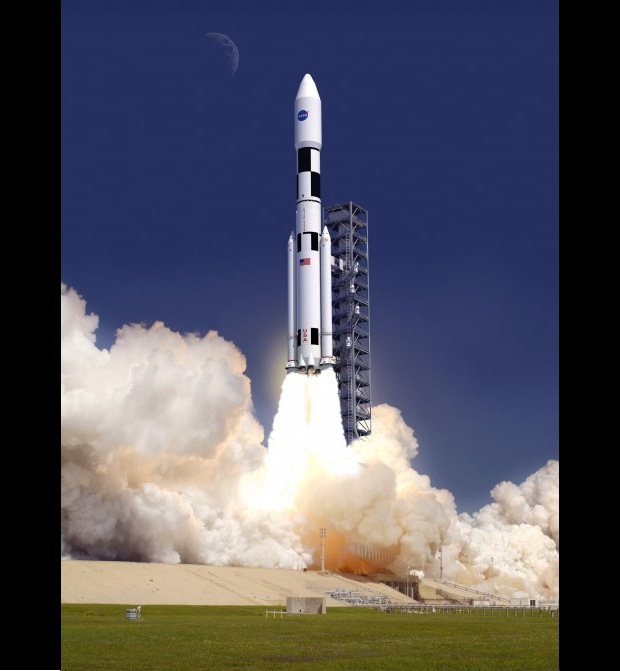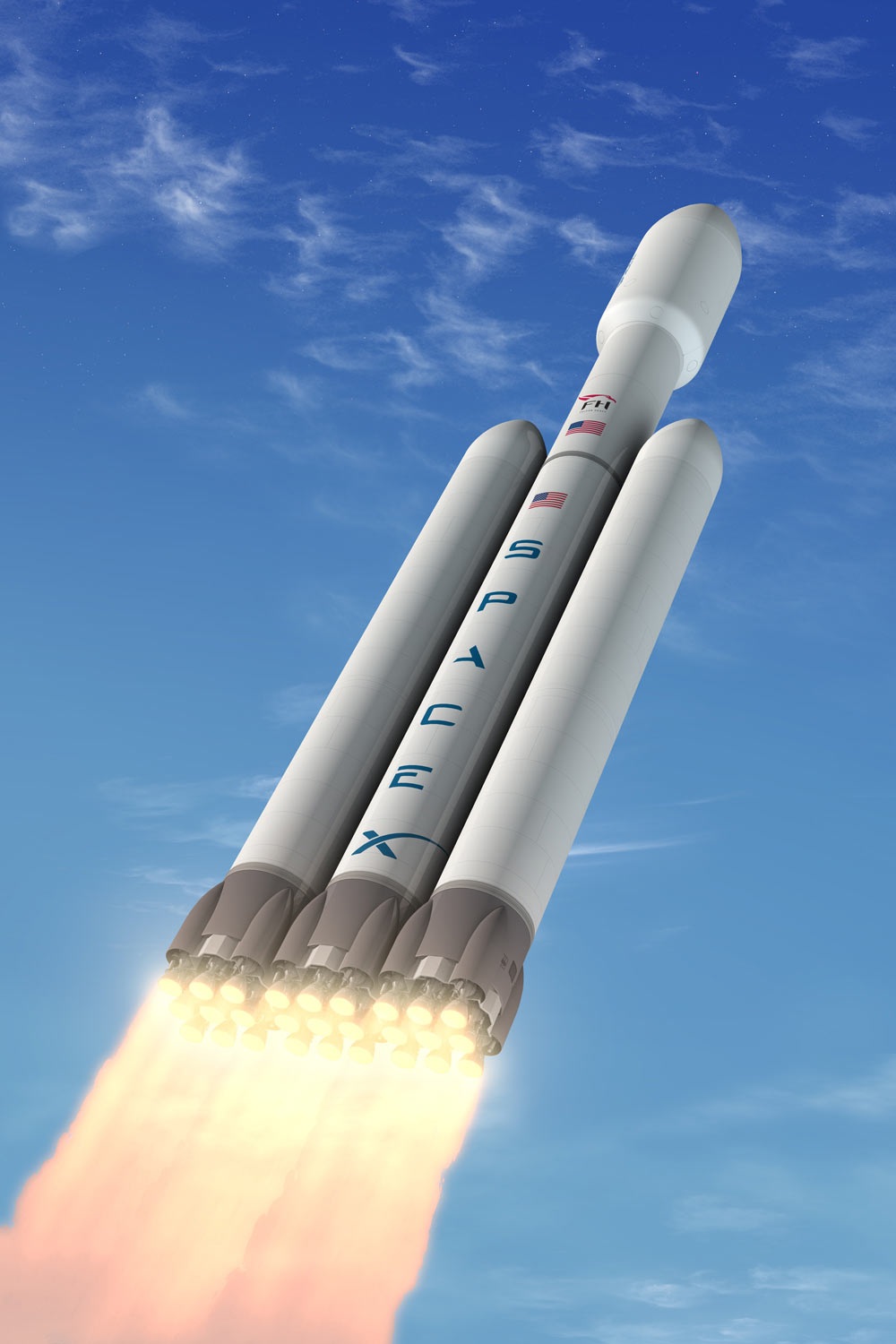
Why Robots May Be the Future of Interplanetary Research (Op-Ed)

Doug Turnbull, a hard-science fiction writer whose majority of books, novellas and short stories confront problems faced by early settlers of other worlds, contributed this article to SPACE.com's Expert Voices: Op-Ed & Insights.
Last month, India launched its Mars Orbiter Mission (MOM) and NASA launched an orbiter called the Mars Atmosphere and Volatile EvolutioN mission (MAVEN).
MOM's mission is to place a 3,000-lb. (1,350 kilograms) — including fuel — science lab in orbit around Mars with its perigee, or lowest point, about 230 miles (365 kilometers) above the planet's surface. Once there, the lab will do visual and infrared imaging of Mars' surface, gather data on particles in Mars' exosphere (the higher part of the atmosphere that represents the planet's interface with space), as well as search for traces of methane, hydrogen and deuterium.
MAVEN's mission is to place a 5,400-lb. (2,450 kg) — including fuel — atmospheric-science lab in orbit around Mars with a perigee of only 90 miles (150 km) above Mars' surface. There, the lab will take samples of Mars's upper atmosphere. The lab will conduct detailed analyses of the solar wind and how it strips away the planet's atmosphere, detect the presence of certain isotopes and other substances that will help determine the timeline of Mars' loss of atmosphere and provide data for the development of models that explain the development of methane on Mars.
My last two articles have focused on crewed missions to Mars, how people would get there and how they would live when they arrived. There are now five active robotic-science missions either orbiting Mars or on its surface, with the above-mentioned two to join them this fall.
The current missions include: NASA's Mars Odyssey, launched in 2001; the Opportunity Rover, launched in 2003; the Mars Reconnaissance Orbiter, launched in 2006; the Mars Science Laboratory, launched in 2011; and the European Space Agency's Mars Express orbiter, launched in 2003.
All are doing fundamental planetary-science research into the nature of Mars, its atmosphere, topography and geology, as well as the intensity of solar and cosmic radiation, and other studies.
Get the Space.com Newsletter
Breaking space news, the latest updates on rocket launches, skywatching events and more!

Through such research, scientists now have reliable data on the actual levels of solar and cosmic radiation astronauts will encounter on their journey to, and residency on, Mars. Such levels had only been guessed at in the past — scientists now know the levels are higher than they are here on Earth, but still appear to be within manageable limits. That type of information will allow future explorers to prepare for safer travel to, and operation on, Mars. For that reason, such pure science missions are crucial to the eventual success of crewed missions either to circumnavigate or to land on Mars.
However, a rift has developed between those who want to spend increasingly scarce public space science dollars on "pure" planetary and astronomical research using telescopes like Kepler and robotic laboratories like Curiosity and MAVEN, and those who support human spaceflight. I feel that this is a false dichotomy. The two are necessarily wedded.
The famous line from the movie "The Right Stuff," which tells the story of America's early space program, "No bucks, no Buck Rogers," could easily be reversed to state: "No Buck Rogers, no bucks." Human spaceflight is sexier than robot missions and thus an easier sell to hard-strapped taxpayers. Missions like the Kepler satellite, which has discovered hundreds of planets in star systems outside the solar system, may be a turn-on for those of us who believe that humanity's future lies in the heavens, but they are a big ho-hum to most folks.

That being said, crewed spaceflight is expensive, made more so when projects like the space shuttle and the planned Space Launch System (SLS) are laden with unnecessary cost overruns. Astrophysicist R.D. Boozerrecently published a book on the subject, "The Plundering of NASA: An Expose" (lulu.com, 2013), in which he carefully documents the waste that has plagued the development of a heavy lift launch vehicle by NASA. Boozer argues persuasively that:
"The high cost of SLS is not just a detriment to human space exploration/exploitation, but it also saps resources for endeavors such as the great robotic interplanetary explorations to Mars, Jupiter, Venus, Mercury, the Asteroid Belt, etc., as well as orbiting astronomical observatories."
Many planetary scientists and astronomers would agree with this observation and feel human spaceflight to be a waste of scarce NASA money. They argue that they can do more science with less money using robot missions, and they are right. Doing hard, cutting-edge, space-science research and development strikes me as NASA's most proper role in space exploration, while the basic engineering of developing lift vehicles is better done by private companies.
For example, the SpaceX-built Falcon Heavy is scheduled to be operational next year, will have three-fourths the lift capacity of the $3-billion-per-year and as-yet undeveloped SLS, and involve the use of no NASA money at all. Crews could use the Falcon Heavy to assemble large, deep-space missions in low-Earth orbit, and do it more cheaply than could be done with a single, but very expensive, colossal rocket. Where cost and competition are factors, the private sector is better situated to do this type of work. The key to mounting deep-space missions, both crewed and robotic, is developing an infrastructure that can deliver payloads and personnel to low-Earth orbit at an affordable cost. Once that is in place, gigantic rockets with equally gigantic price tags won't be necessary. As science-fiction writer Robert Heinlein famously stated: "If you're in low-Earth orbit, you're already halfway to anywhere."
To return to the issue of the tension between the robotic-science mission folks and the crewed-spaceflight folks: That tension really should not exist, as the two are mutually dependent.
The causes of the problem are programs like the SLS and the Orion spacecraft, both of which are monumentally expensive projects that will duplicate — granted, in slightly larger form — hardware that has already been created in the private sector. As noted space science and policy writer John Strickland stated in a Nov. 30, 2013, interview on Mars Pirate Radio: "SLS/Orion is a leech on the space program … that takes money away from more deserving and useful projects."

So if SLS/Orion projects are largely a waste of money, why are they still operating? The huge Constellation/Orion project was wisely canceled by President Barack Obama, and as the space shuttle was also phased out, the focus at NASA shifted to supporting programs like Commercial Crew and Cargo where the agency plants seed money and allows the private sector to do the actual design and development. Unfortunately, this bold move was quickly reversed by political pressure from members of both parties of the U.S. Congress, who wanted those NASA dollars spent in their districts and then signed into law by the same president who had set the new policy. This was a bipartisan effort to use NASA as a jobs program for aerospace companies.
Now, Commercial Crew and Cargo, as well as other research programs, are being starved for money in order to fund the SLS and the resurrected Orion spacecraft, while NASA has been unable to provide neither a reasonable timeline for completion nor any estimate of the overall cost of the programs. To again quote John Strickland from his interview, in an obvious reference to the infamous "bridge to nowhere," built at the behest of a senator from Alaska some years ago: "SLS/Orion is a rocket to nowhere."

Strickland believes, as I do, that the United States can accomplish both science missions and crewed missions, but not within the current NASA architecture.
NASA should only be funding missions that can't or won't be privately funded. MAVEN is an example of such a mission. It is extremely doubtful that the cost of the mission would, or could, be raised privately. There is no profit potential for investors, and even a consortium of private, nonprofit foundations couldn't handle the $700 million price tag.
However, crewed missions, such as the proposed Inspiration Mars, have a much better chance of being able to raise the necessary money privately. NASA, the European Space Agency (ESA) and other space agencies could contribute to the mission by underwriting the Inspiration Mars Foundation's bonds, supplying technology and paying for experiments that would be performed by the crew of the mission. In that way, NASA's research and science missions could be advanced without the agency's direct involvement in the financing and planning of the missions.
The author's most recent Op-Eds were "Midcentury Life, on Mars" and "Mission Possible: Existing Tech Can Take Humans to Mars." The views expressed are those of the author and do not necessarily reflect the views of the publisher. This version of the article was originally published on SPACE.com.
Join our Space Forums to keep talking space on the latest missions, night sky and more! And if you have a news tip, correction or comment, let us know at: community@space.com.









